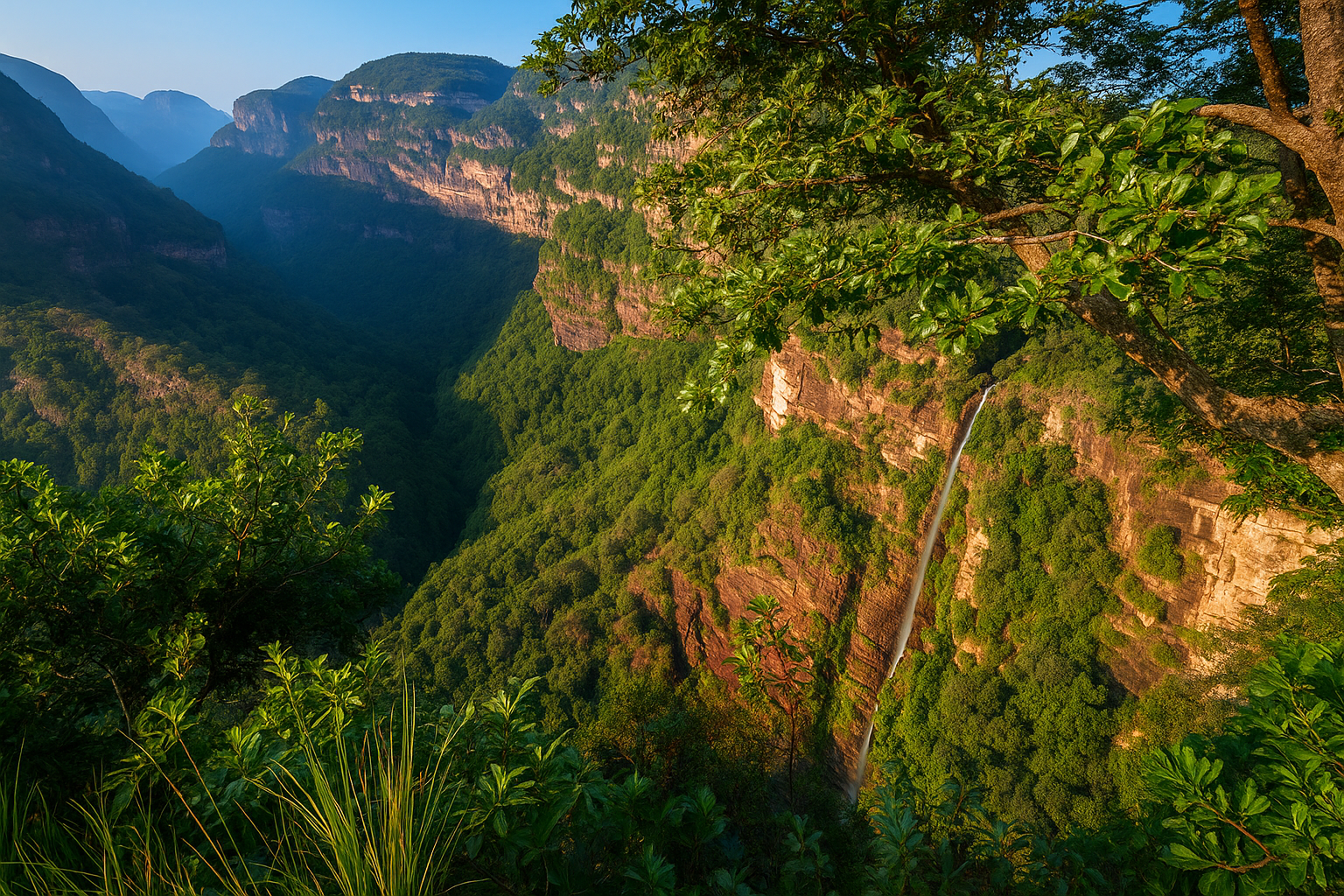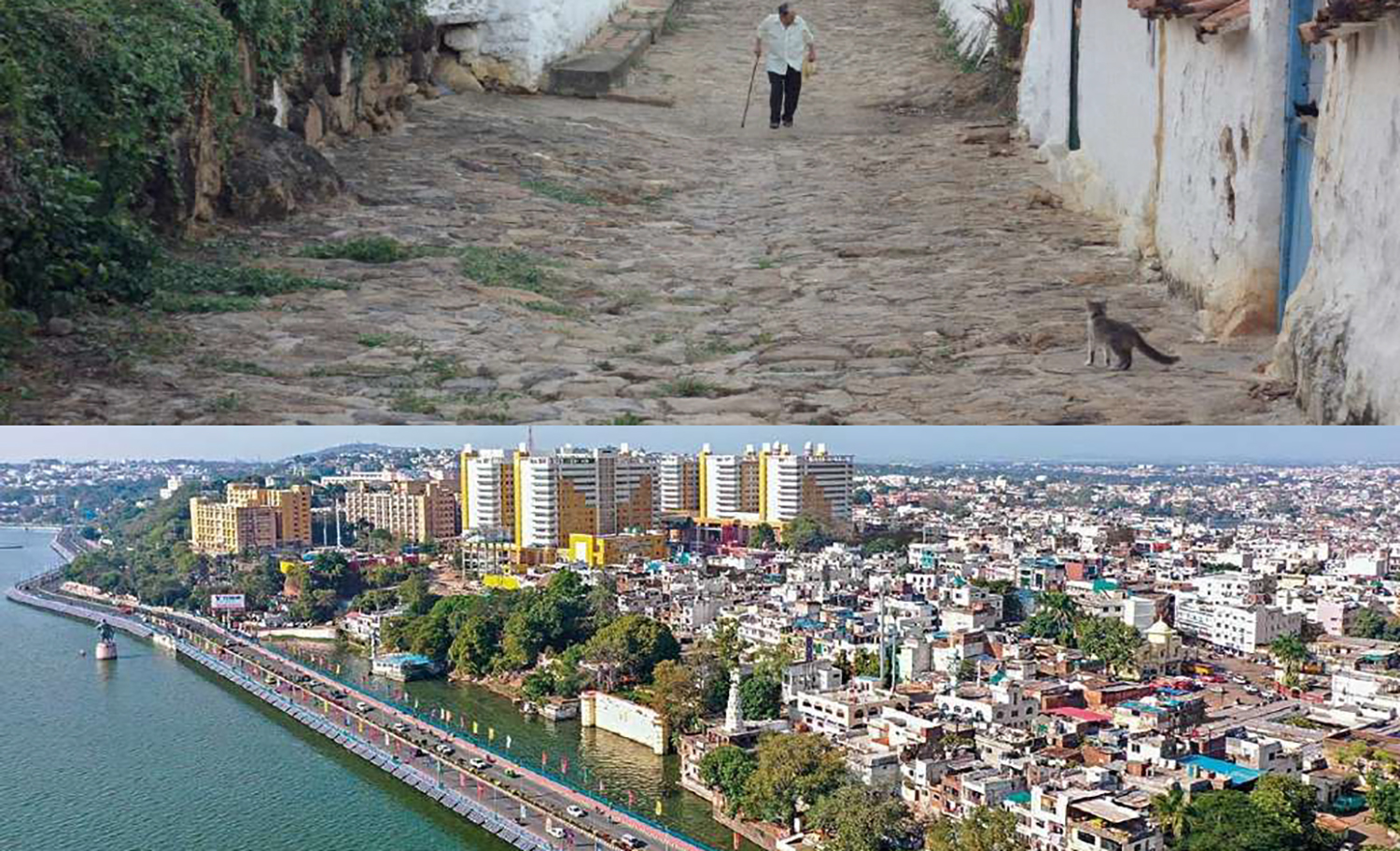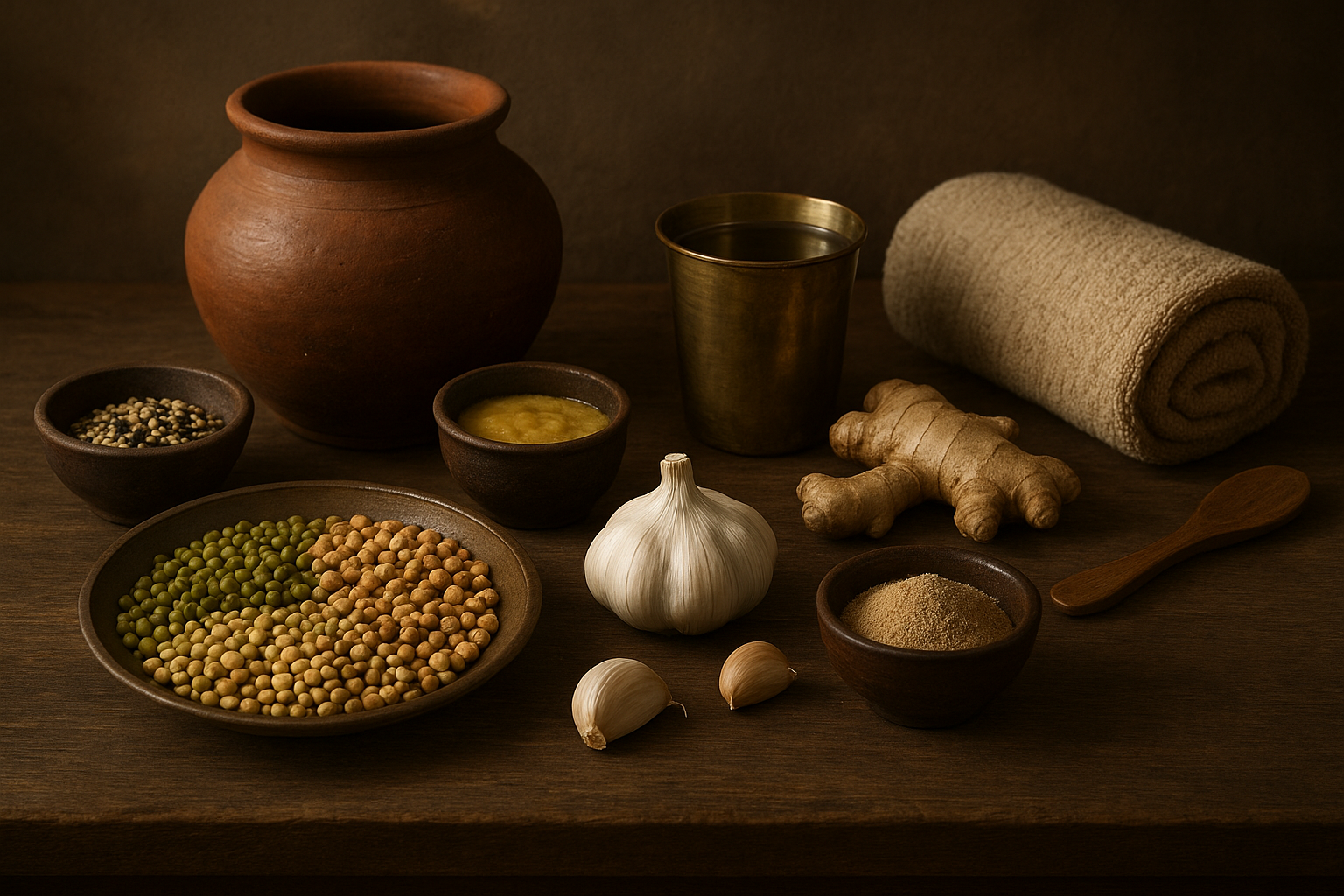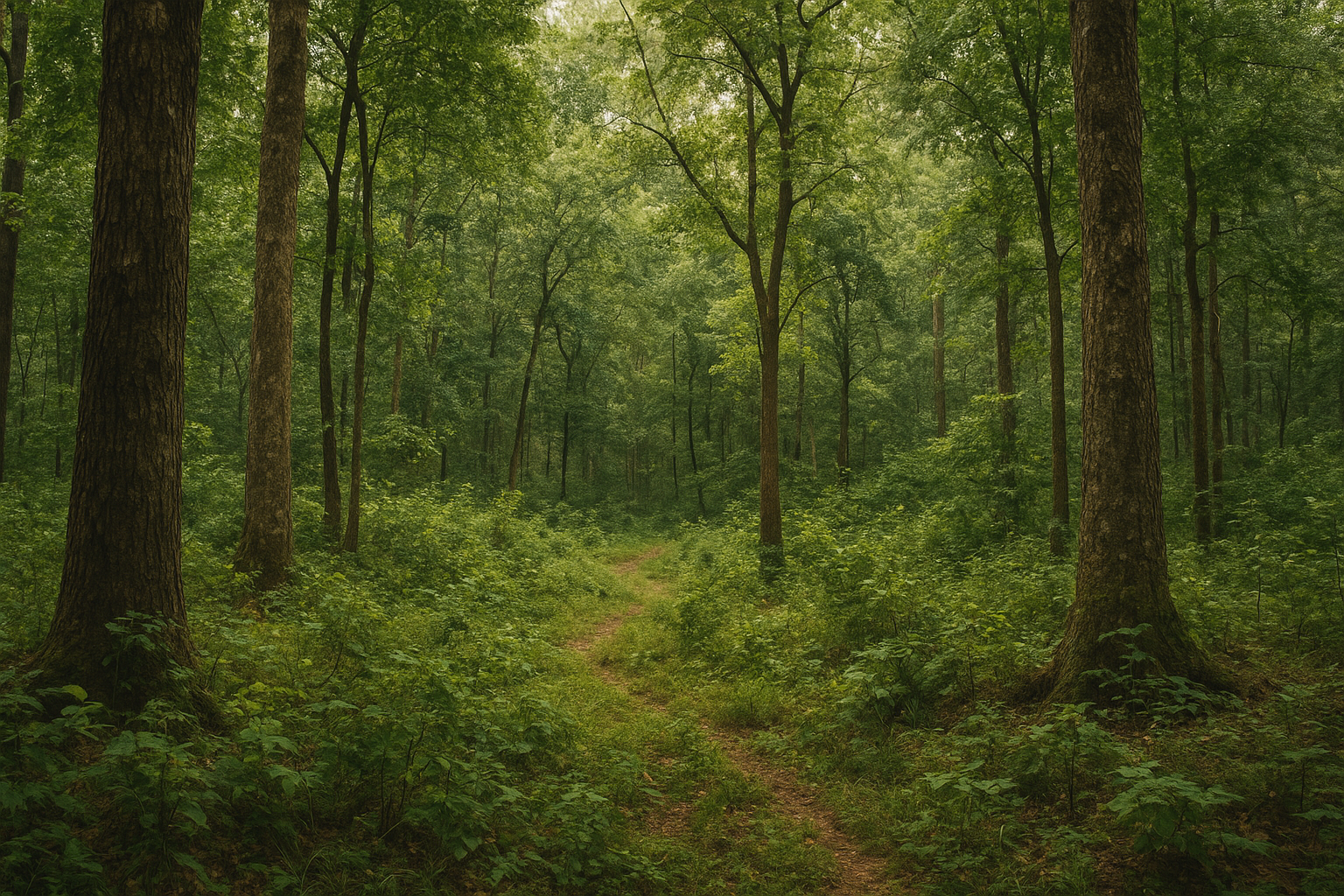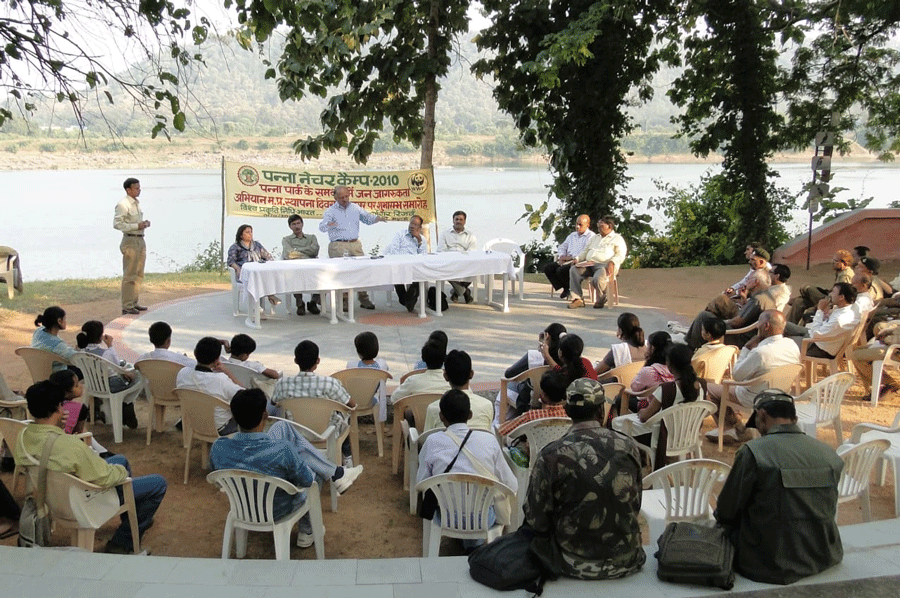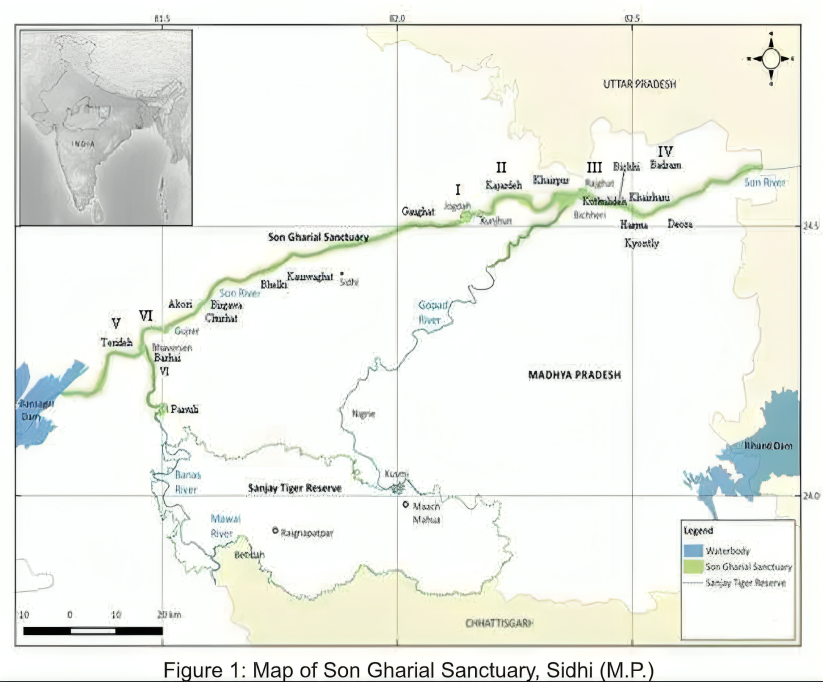Status and Distribution of aquatic animals in son ghariyal sanctuary, Sidhi, (M.P.)
EXECUTIVE SUMMARY
The present study was carried out to find out the status and distribution of Gharial, mugger and turtle present in the Son Gharial Sanctuary. A total of approximately 122 km. stretch in the Sanctuary was studied and data related with population of Gharial, mugger turtles, habitat features, river profile, human activities and threats were collected. A total of 48 Gharial. 36 Mugger, 90 Turtles (47 Hard-shell and 43 Soft-shell turtle). Training was also arrange to train staff of Son Gharial Sanctuary for future conservation and management of aquatic animal.
INTRODUCTION:
The River Son is a major tributary of River Ganga. It originates from Shosa Kund in Amarkantak Bilaspur District of Chhattisgarh. The river flows through Madhya Pradesh, Uttar Pradesh and meets Ganga in Bihar. The Son Gharial Sanctuary was notified as Sanctuary by Madhya Pradesh Forest Department in 1981 (vide Gazette No. 14-47-80-10(2) Bhopal. dated 23-09-1981) 161 km stretch of the Son River from the Ban Sagar Dam to Deora up to U.P. Border (Figure 1). The Sanctuary falls within longitude 81°20′ and 82°50′ E and latitude 24.15′ and 25°40′ N. The Sanctuary also includes Gopad and Banas River totaling an additional 48 km. At certain points, the river varies widely in depth from 1 feet to 30 ft. The Sanctuary was a safe adobe for Gharial, mugger, turtles and birds for past decades. It was also declared as breeding ground for Indian Skimmer and Chitra indica in recent years.
Studies on riverine ecology and diversity of aquatic animals in Son Gharial Sanctuary from Terideh to Deora last limit of the Sanctuary has been conducted earlier by few workers, Sharma and Sharma (1997), Sharma et al (1999, 2011, 2018), Sharma (2000, 2006, 2013), Tarun et. al. (2013).
METHODOLOGY:
The present survey has been carried out between 3rd to 8th March 2020, covering a total stretch of approximately 122 kms. in Son Gharial Sanctuary, comprising of 101 km. of son river between Sikarganj (Terideh) up to Harma Down and 21 kms. of Banas river (a tributary of son river) between Parsuli to Barhai (Figure 1). A survey was carried out for distribution of key aquatic fauna and identification of Gharial and mugger habitats Elaboration of methods for the field surveys and gharial enumeration in Wild habitats :
The population of Gharial and Mugger was estimated by direct sighting method for different age groups according to IUCN criteria. Many methods for survey and population assessment of crocodilians has been developed each suited to a different crocodilian species or the habitats they occupy. The methods for the assessment of gharial population used in this study were devised and improved upon by previous workers who studied the gharial. The protocol of the field survey was based on the description given in Singh (1985) for Gharial, Mugger and turtles A one day training programme was also organised by officials of Son Gharial Sanctuary and theoretical training was given on the practical aspects of conservation of the species.
The winter daytime absolute-count for enumeration of gharial populations:
It is well known that gharial, like other crocodilians, are poikilothermic reptiles whose body temperatures vary with that of the their environment. In winter when ambient temperatures in Northern India drop to the range of min 1-5oC to max 20-250C then gharial are unable to maintain their body temperatures at preferred levels in spite of daylong basking activity. This ensures that during this season all ghariyal almost all daylight hours on land.
RESULTS AND DISCUSSION:
The range of distribution of gharial was much wider in the Indian subcontinent. There are many anecdotal accounts and notes regarding abundance of gharial in the 19th century. Descriptions refer to “hundreds” of gharial in Ganges, Yamuna and Mahanadi. The range got shrunk toward the end of the 19th century and particularly after the middle of the 20th century. Twentieth century description mention presence of gharials in the river systems of Indus, Ganges, Brahmaputra and Irrawady; which covered from west of east the countries of Pakistan, Indian, Nepal, Bhutan, Bangladesh and Myanmar. (Singh 2018)
In present time gharial have become extinct in most of their previous habitats, and wherever they still occur, are highly threatened because of human pressure on habitat and the changing river profile traced to have origin from changing climate and reducing vegetation in river catchments. (Singh & Sharma 2015).
During the present survey, a total of 48 Gharials comprising 09 adult females, 07 sub- adult, 32 Juveniles were recorded. (Table-1). The maximum numbers of Gharials (46) were sighted between Jogdahghat to Rampur and the minimum numbers (2) were sighted between Kuthulideh to Bichhi.
STATUS OF MUGGER (Crocodylus palustris):
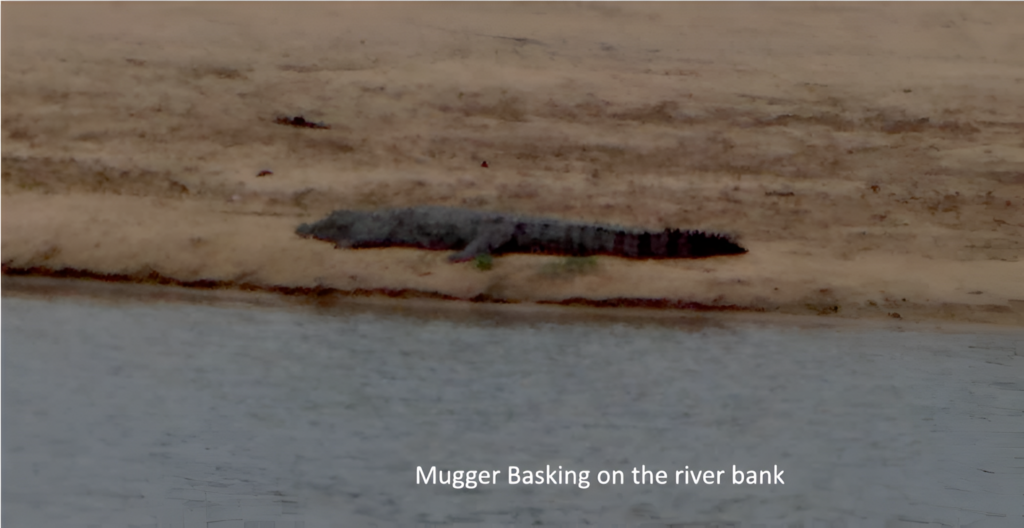
The mugger or marsh crocodile lives in stagnant water, reservoirs, lakes, and rivers… In most areas of its distribution the mugger makes burrows for habitation. Muggers usually eat fish, frogs, snakes, crustacean, birds and large mammals. They also eat dead animal found in or near the water and help keep the environment clean. The crocodile plays a vital ecological role as master predator in the aquatic habitats where it lives. During the present survey, 36 muggers of various size groups, 14 adults, 8 sub-adults, 6 juveniles, and 8 yearling/hatchling were recorded in the sanctuary. (Table-1)
STATUS OF TURTLES:
Enumeration of turtles by individual species, when basking in same size groups, is difficult from a distance. Turtle sightings during the survey were categorized as hard or soft- shell turtles. The number of turtles sighted during such surveys is not indicative of the actual population size of turtles in the river. The data shown below only represents the population which was seen by the survey team. All turtles sighted were counted and noted on the data sheets. A total of 90 turtles (47 hard shell turtles and 43 soft shell turtles) were sighted during the present survey (Table -1).
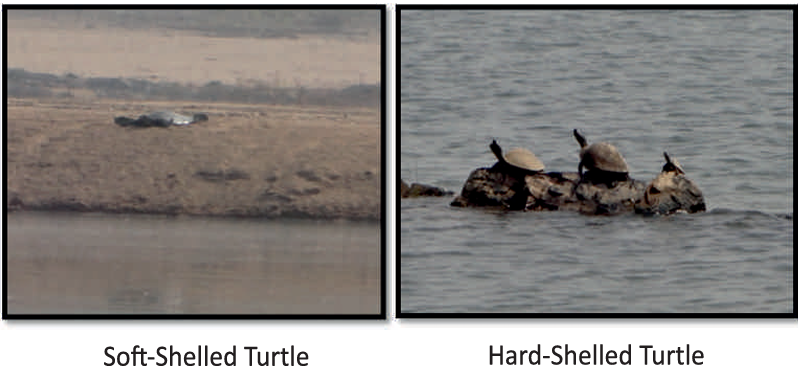
| S.no. | Species | Numbers | Total Numbers | |
| 1. | Gharial | Male | 0 | 48 |
| Adult Female | 9 | |||
| Sub Adult | 7 | |||
| Juvenile | 32 | |||
| Yearling | 0 | |||
| Hatchling | 0 | |||
| 2. | Mugger | Adult | 14 | 36 |
| Sub-Adult | 8 | |||
| Juvenile | 6 | |||
| Yearling / Hatchling | 8 | |||
| 3. | Turtle | Hard-Shell | 47 | 90 |
| Soft-Shell | 43 |
TRAINING PROGRAM:
Training program was carried out on 4th March 2020 at Jogdah in the presence of Shri B.P.. Tiwari superintendent of Son Gharial Sanctuary Sidhi. A total of 14 members participated in the training program including forest Range Officer, Foresters and Forest Guards. During training program detailed conservation and management aspects of Gharial, Mugger and Turtles, Census techniques, Nest Searching, Protection, Egg collection methodology, Ex-Situ and In-situ conservation methods, etc in Son Gharial Sanctuary were thorougly explained.
Training program was carried out on 4th March 2020 at Jogdah in the presence of Shri B.P.. Tiwari superintendent of Son Gharial Sanctuary Sidhi. A total of 14 members participated in the training program including forest Range Officer, Foresters and Forest Guards. During training program detailed conservation and management aspects of Gharial, Mugger and Turtles, Census techniques, Nest Searching, Protection, Egg collection methodology, Ex-Situ and In-situ conservation methods, etc in Son Gharial Sanctuary were thorougly explained.
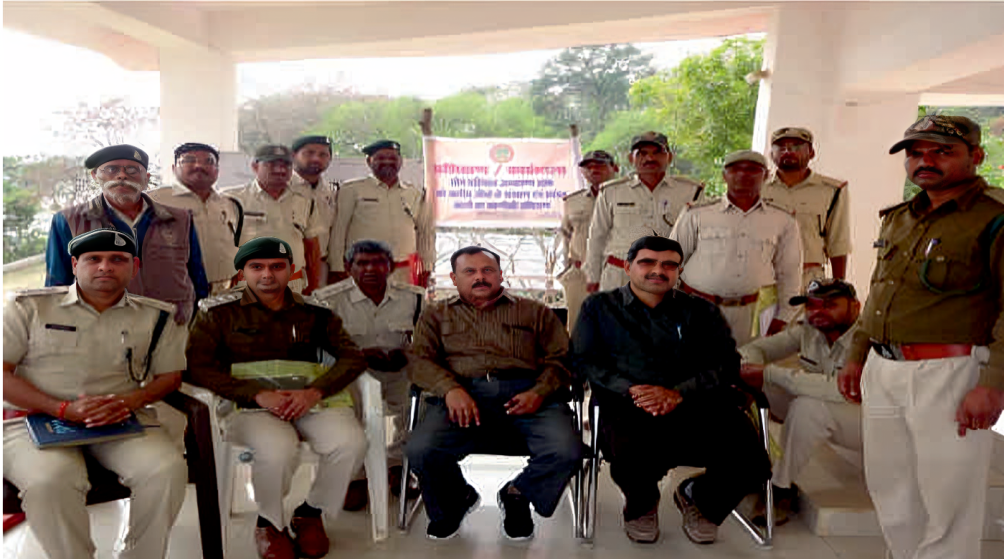
ACKNOWLEDGEMENTS:
We are thankful to Shri B.P. Tiwari Superintendent Son Gharial Sanctuary Sidhi for their support and encouragements. We appreciate to Game Range Officers and field staff of Son Gharial Sanctuary Sidhi for their active co-operation during field work.


